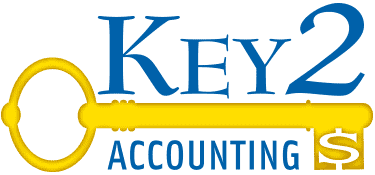Over the last two years, the Internal Revenue Service issued new final rules which go into effect for tax years beginning after 1/1/2014. These incredibly complex Regulations require you to keep much better records for Materials & Supplies, Equipment, Fixed Assets and Repairs & Maintenance items. They require you to specifically analyze each of these items costing over $500, assuming you do not receive audited financial statements. Some of the new rules are adopted by making annual elections on your tax return, while others technically require Form 3115 – Change in Accounting Method. Below is a summary of the new rules and what you will need to do to comply with the new IRS requirements.

Materials and Supplies
You are now allowed to write off any individual supply costing $200 or less, lasting less than 12 months. Please add a new expense account to your accounting system titled “Materials and Supplies” and enter any expense meeting the category into this account. Anything costing more than that will need to be individually analyzed under the rules below to determine if they are qualified as expenses or treated as equipment that must be depreciated over several years.
Equipment
You are now allowed to only write off any individual equipment items costing $500 or less. Items costing more than this will generally be treated as equipment that must be depreciated over several years.
Building Repairs & Maintenance
Any repairs that are expected to be made more than once in ten years, and costing less than $10,000 individually may be written off as repairs and maintenance. Items that are not expected to be replaced more once in ten years must also be examined individually under the following (Expenses Above the Limits) to determine if they may be treated as expenses or depreciable assets.
Expenses Above the Limits
The IRS now requires you to examine each individual item outside of the above limits to determine if it has been a betterment, restoration or adaptation of the main unit of property. A unit of property is now defined as the inter-related parts composing one larger unit. For example a unit of property is a car composed of inter-related parts, so any repairs to the car must be examined as to whether they are a betterment, restoration or adaptation of the car as a whole rather than its individual components. For buildings the test must first be applied to the building as a whole and then applied to its components of HVAC, plumbing, electrical, structure, elevators, security, fire protection or gas distribution. Anything considered a betterment cost, restoration or adaptation under these rules must be depreciated and listed as equipment, otherwise it may be expensed as repairs.
- “Betterment” is defined as fixing a condition that existed at purchase, or an increase in the physical size or capacity of an asset. Betterments must be capitalized and depreciated so they should be added to your equipment account.
- A “Restoration” is generally defined as a cost to return a non-functional asset to functional use, the cost of rebuilding an asset after the end of its depreciable life or replacing a major component of the unit of property. For example a transmission replacement would be the replacement of a major component of a unit of property of a truck and must be capitalized and depreciated.
- Finally an “Adaptation” cost is one incurred to change the function of a piece of equipment or property to a different use and must also be capitalized and depreciated.
During the preparation of your Business Return we will make the following Elections:
- Annual election to expense de minimis material and supplies under the “safe harbor” election.
- Annual election for small real estate taxpayers to expense minor repairs and maintenance.
Recommended Form 3115 Filing to adopt these Accounting Method Changes:
At a minimum, we recommend filing Form 3115 – Change in Accounting Method to adopt several of the new rules (Method change numbers 184, 186 & 192). In our opinion, this should be looked at as a form of “insurance” and filing this form may help prevent additional IRS scrutiny, penalties, and/or other fees.

